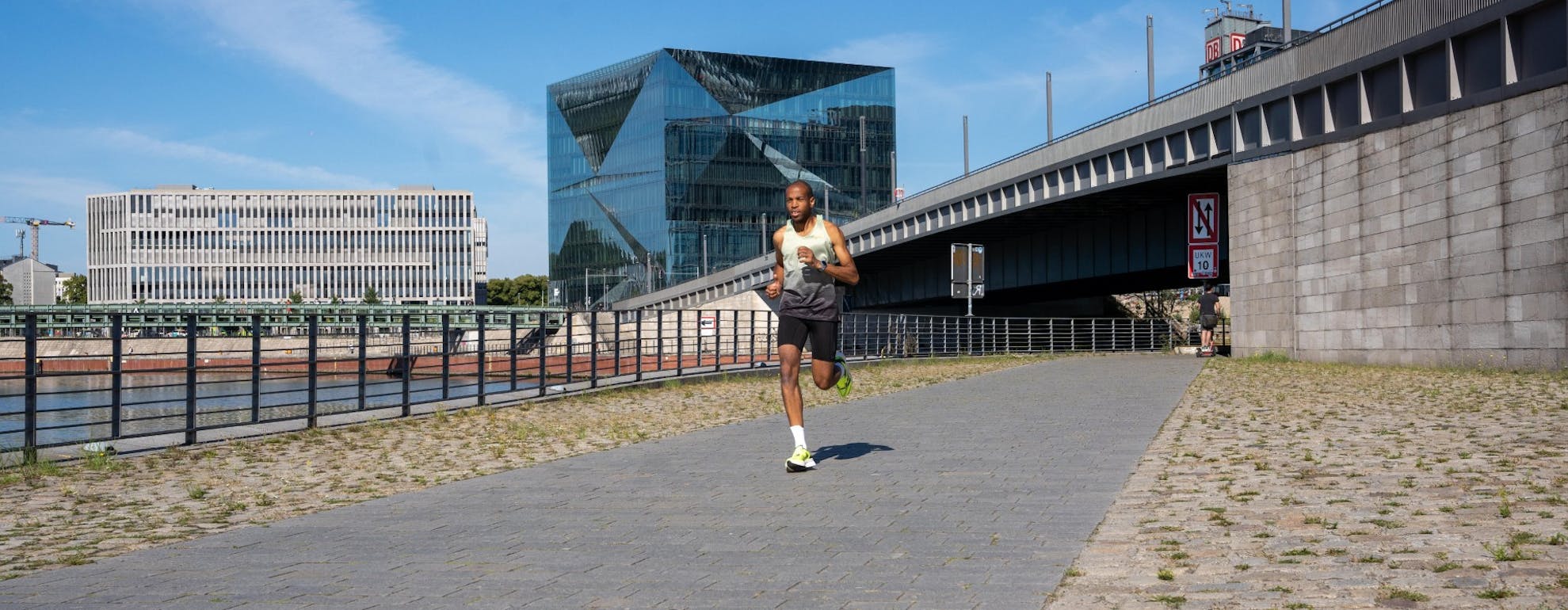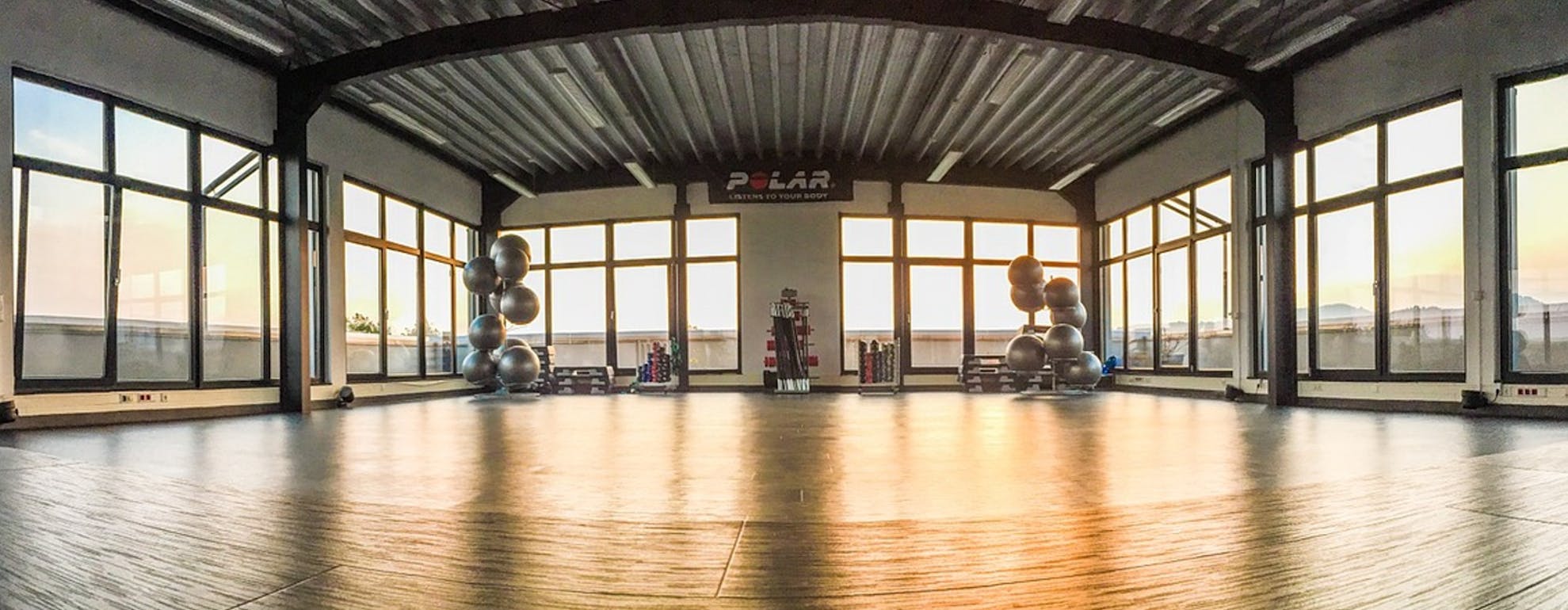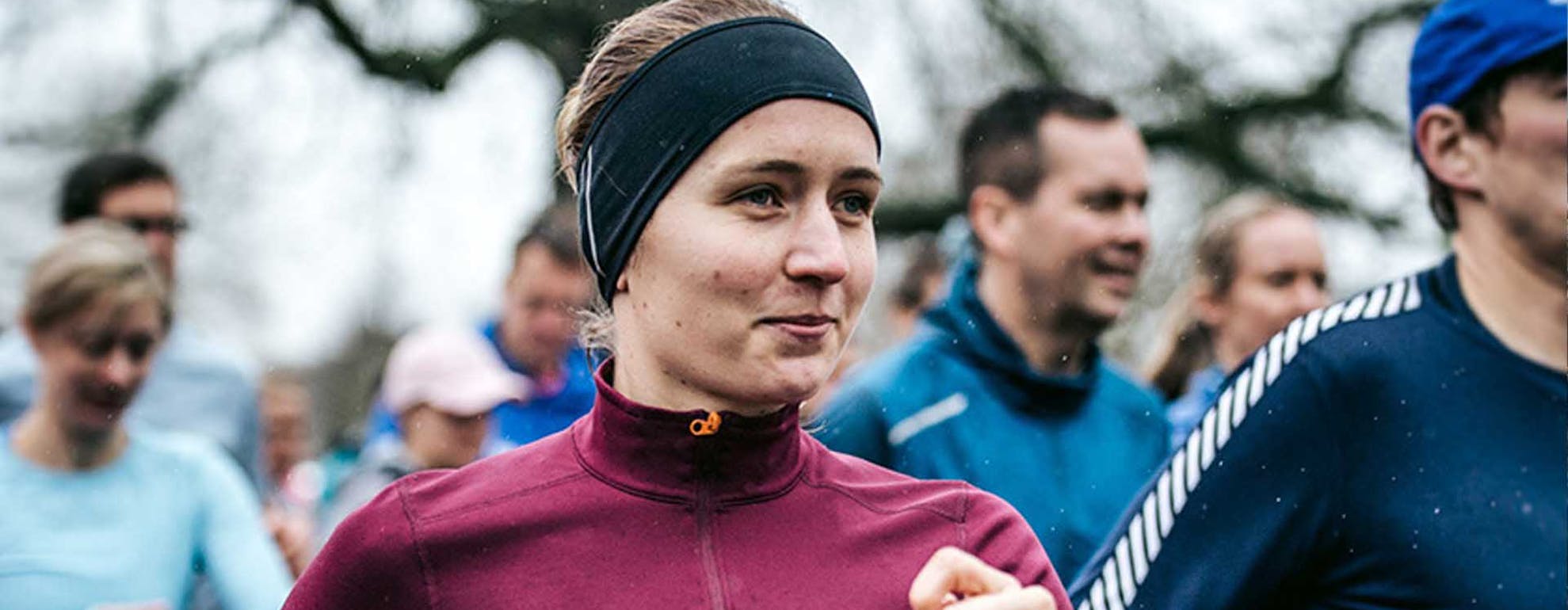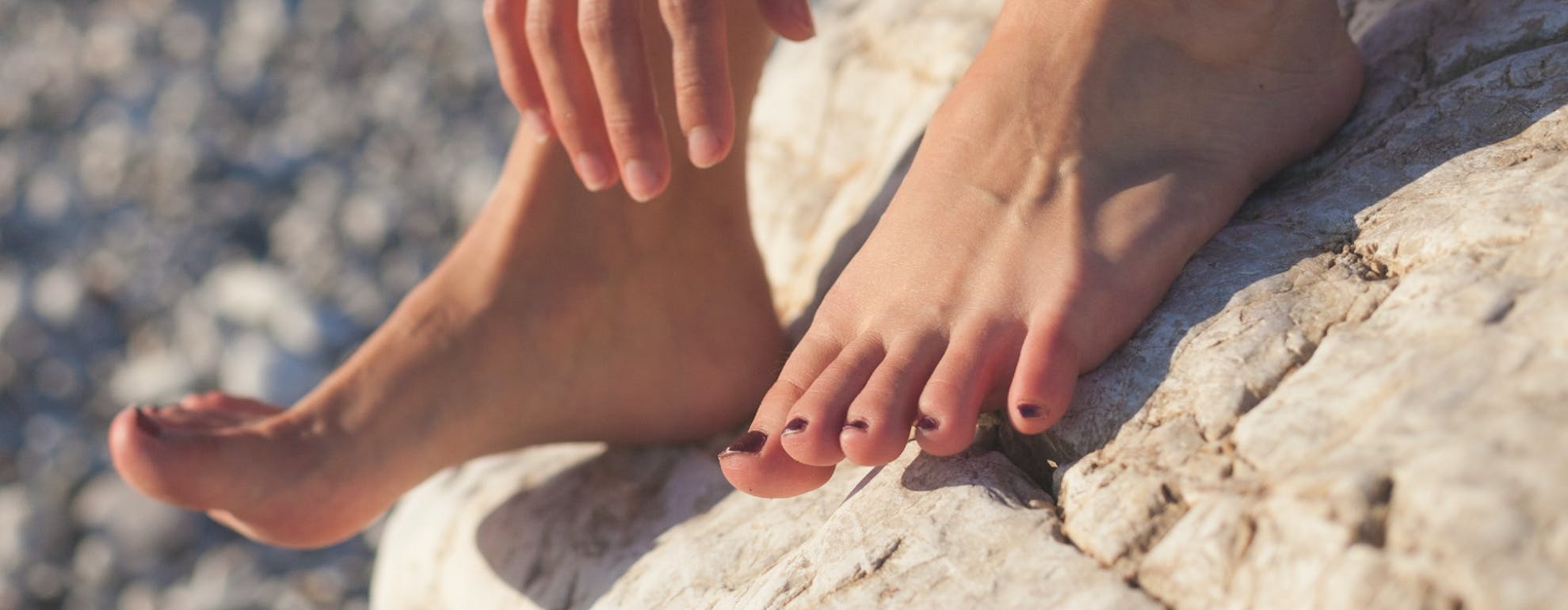
Training
11 Top Tips for keeping your Running Feet Healthy
When it comes to running, feet are arguably the most important part of your body but often the most neglected. Fail to look after them and you could pay a heavy price.
From blister prevention (and treatment) to foot strengthening exercises, we take an in-depth look at some of the potential issues for runner’s feet and what you need to consider in order to take good care of them.
ㅤ
ㅤ
1. CHOOSE THE RIGHT SHOES
Blisters can be caused from wearing ill-fitting shoes, so make sure you wear a pair that are the right size and fit. If you have a wide foot for example, choose shoes that have a wide toe box and plenty of room to house your feet. It’s also important that you keep your feet as dry as possible, so look for a shoe that is breathable and allows plenty of ventilation. Above all else, ensure your shoes feel comfortable and support you in the right areas, without causing unnecessary friction or rubbing at key pressure points.
Check out our Beginner's Guide to Buying Running Shoes
ㅤ
2. WEAR THE RIGHT SOCKS
Wearing the right socks is almost as important as wearing the right shoes. Many types of socks, like the Hilly twin-skin anklet, have anti-blister properties and are double layered to absorb friction. They also help to wick away moisture to the outer layer of the sock, helping to keep your feet dry and providing more comfort and protection against blisters.
ㅤ
3. LUBRICATE YOUR FEET
Ensure your feet are further protected against friction by keeping them lubricated. Try rubbing a small amount of Vaseline on potential hotspots and pressure points. Talcum powder or foot balm are other suitable alternatives.
You could also try Body Glide Foot balm for rubbing that causes painful irritation, chafing, hot spots under feet, blisters, or raw skin. It's invisible and comfortable like it's not even there. The advanced formula is a dry, invisible, non-greasy barrier - which means you stay active and pain-free.
ㅤ
4. TAPE THE PROBLEM AREAS OF YOUR FEET
Another way to prevent friction and rubbing is to use a small amount of adhesive tape to protect your feet and prevent blisters from forming. We recommend using moleskin instead of duct tape, as it’s the most reliable dressing for blister prevention. Also, medical kits often have small die-cut shapes which have been specifically designed to fit common blister areas on the feet.
ㅤ
5. WEARING INSOLES
There is some evidence to suggest that wearing neoprene insoles can help to reduce the chance of getting blisters. Insoles can help to avoid the problem by absorbing excess moisture and therefore help to keep your feet dry. Should you decide to use insoles, it’s important to try different types until you find ones that suit the shape of your foot and fit comfortably inside your shoe. Ideally, we recommend using insoles specifically designed for blisters because they will likely have antibacterial properties which are ideal for preventing infection.
ㅤ
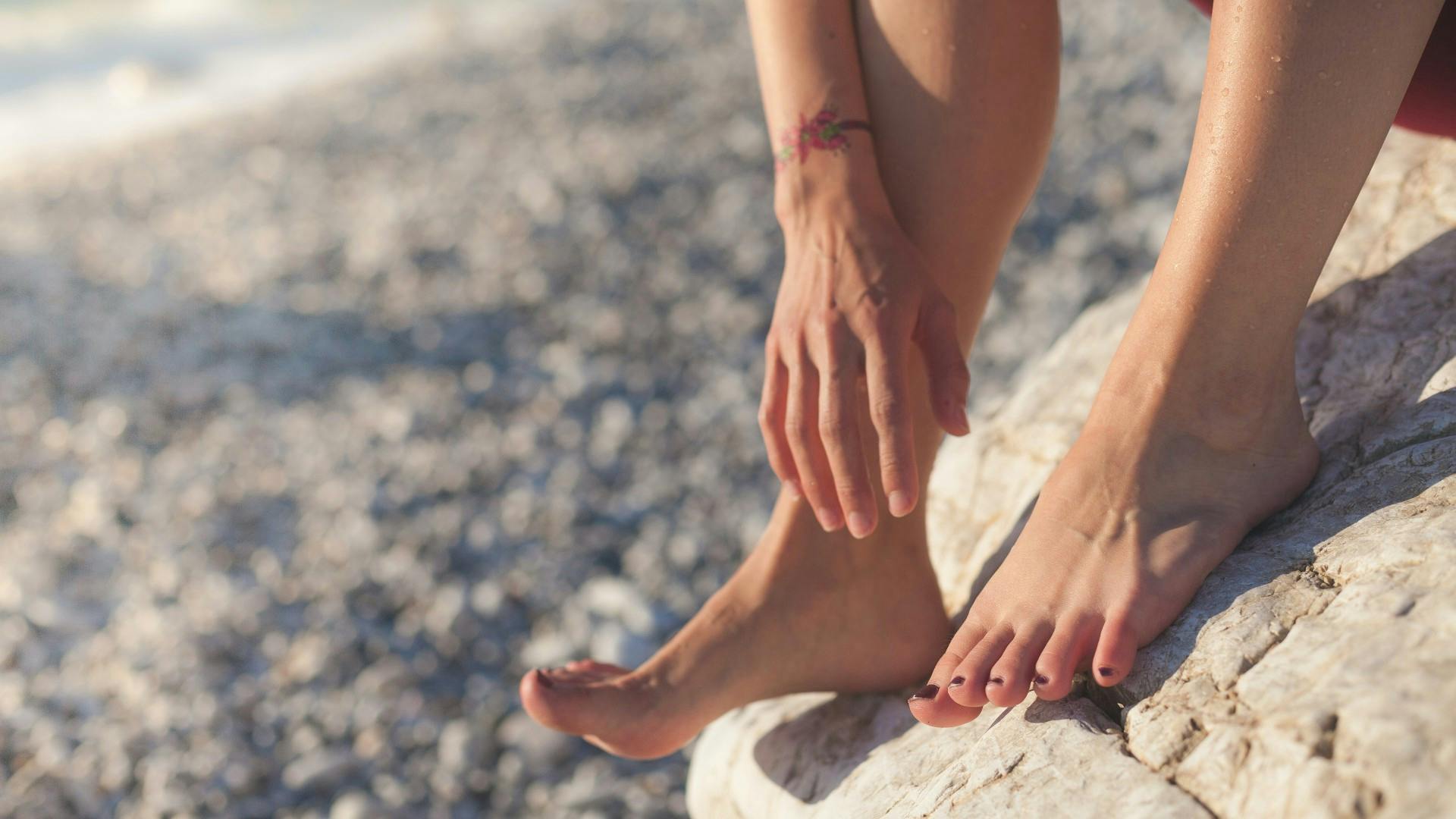
Photo by Jan Romero on Unsplash
ㅤ
6. BLISTER TREATMENT
Unfortunately, at some point during your running career you may get a blister and proper treatment is the key to quick recovery. Ideally, you should let the blister heal naturally and if possible, take a few days off running for recovery.
TOP TIP: Avoid popping the blister! The fluid inside the sack forms a barrier to infection and is your bodies’ natural reaction to the problem. However, if you do decide to drain it, then ensure you use a sterilised needle to carefully release the fluid.
Wash your hands and the affected area. Sterilise with an alcohol wipe or apply an antibacterial cream to prevent infection. Allow your feet to dry properly before applying a specifically designed blister plaster. This will form a protective barrier over the blister whilst it heals. Ensure you change the plaster and repeat this process every 2-3 days.
SHOP ULTIMATE PERFORMANCE BLISTER PLASTERS HERE
ㅤ
TAKE A GAIT ASSESSMENT
Identify what type of runner you are to ensure shoes feel comfortable and support you in the right areas. A quick way to find out your running gait is to do a wet footprint test, which will give you an indication as to how your floor strikes the ground and absorbs the impact.
Unsure of what running gait means?
Then check out our Beginners Guide to buying running shoes to find out more.
ㅤ
7. WEAR RECOVERY FOOTWEAR
Running isn’t just about pushing your body and stretching your limits. Rest and recovery are just as important for helping your body to become stronger. Over the last few years, there have been significant advancements in the development of recovery footwear, specifically designed to aid and support your feet after training and racing. Recovery shoes are not only super-comfortable to wear, but they really help to reduce soreness and fatigue after exercise. Look after your feet in the best possible way by regularly using recovery footwear as part of your daily recovery routine.
Check out our top recommendations below:
SHOP OOFOS RECOVERY FOOTWEAR HERE
SHOP HOKA RECOVERY FOOTWEAR HERE
SHOP SALOMON RECOVERY FOOTWEAR HERE
ㅤ
8. FOOT STRENGTHENING EXERCISES
Many of us go to the gym or exercise at home for strength and conditioning, but how many of us actually include foot strengthening exercises as part of our training programme?
Strengthening our feet will give us more power, balance and control for all types of exercises and is a key aspect of training that should not be ignored. Failing to do so could lead to a lack of flexibility and weakness which might then result in injury further down the line.
Check out these 3 ESSENTIAL FOOT EXERCISES
You might also want to consider wearing minimalistic shoes as part of your daily routine to help build more strength in your feet.
Check out our Handy Guide to wearing Barefoot Shoes
ㅤ
9. SEEK EXPERT ADVICE
If you’re serious about running, then you should be serious about looking after your feet and no one knows more about how to look after them than a podiatrist. Consult an expert to regularly monitor the health of your feet and most importantly to provide you with a biomechanical assessment to analyse the strengths and weaknesses of your feet, ankles and lower limbs. After all, prevention is better than cure!
ㅤ
10. FACE UP TO LACING UP
It’s fair to say that lacing systems rank pretty low on our list of footwear priorities, but shoe lacing is vitally important for helping to provide both comfort and support. Lacing patterns and technique can make a big difference in preventing painful forefoot conditions and should always be considered prior to exercise.
Check out this handy article about Shoe Lacing Tips.
ㅤ
11. TRACK YOUR MILEAGE
Exercising in worn-out shoes can ultimately lead to injury problems, so it’s important to know when to replace your footwear. 500 miles is generally considered to be the average life-span of a running shoe so we recommend keeping track of the distance you’ve covered in each of your pairs. The easiest way to do this is by using Strava to log miles in your shoes and ensure that you replace them when they are worn out.
You can also join our Sportsshoes Strava Run Club for more helpful articles, designed to help improve your training and keep you informed about all relevant and current running related topics.
Unsure of why and when to replace your running shoes?
Then check out our handy guide to find out WHY AND WHEN TO REPLACE RUNNING SHOES
ㅤ
Looking for some training tips and advice? Then head over to our Training category where our athletes and experts explain everything you need to know.
Welcome
Welcome to the SportsShoes Training Hub! We’ve teamed up with athletes and experts to bring you the very best advice on how to maximise your workouts and achieve your best results.
Read More
Share this
Featured articles
View All

